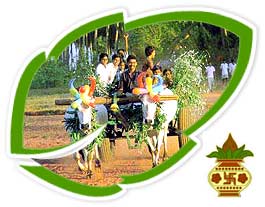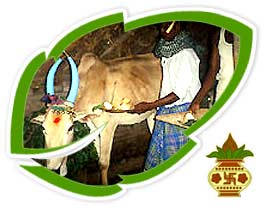A kopitiam or kopi tiam is a traditional breakfast and coffee shop found in Malaysia and Singapore in Southeast Asia. The word is a portmanteau of the Malay word for coffee (as borrowed and altered from the Portuguese) and the Hokkien dialect word for shop.
Menus typically feature simple offerings: a variety of foods based on egg, toast, and kaya, plus coffee, tea, and Milo, a malted chocolate drink which is extremely popular in Southeast Asia, particularly Singapore and Malaysia.
Kopi tiams in Singapore are commonly found in almost all residential areas as well as some industrial and business districts in the country, numbering about 2,000 in total. Although most are an aggregate of small stalls or shops, some may be more reminiscent of food courts, although each stall has similar appearance and the same style of signage.
Here in Bukit Batok there are many Kopi tiam's, some maybe a five or ten minute walk while others may just be across the road like the one below. This one is part of the Bukit Batok Community Centre and is called the Bukit Batok Eating House.
"Coffee shop talk" is a phrase used to describe gossip because it is often a familiar sight at kopi tiams where a group of workers or senior citizens would linger over cups of coffee and exchange news and comments on various topics including national politics, office politics, TV dramas, and food.
It is probably a two minute walk for us to have a kopi that costs us 80 cents ...... and it is delicious. But not only that the community itself is friendly and welcoming. We are starting to know 'the locals' and they are of course starting to know us. I have taken a few friends there to have a coffee during the week and many of our house sitters enjoy going there to also be part of the 'local scene'.
In the above image - on the left - you can see John with Peck, a Singaporean lady that lives close by and often brings over some tasty local foods for us to try. She also spends time with us and explains what the different meals are.
but it truly is a nice local area that we are becoming very familiar with, where we can read the papers, have a coffee or two and chat with some friends.
In a typical kopi tiam, the drinks stall is usually run by the owner who sells coffee, tea, soft drinks, and other beverages as well as breakfast items like kaya toast, soft-boiled eggs and snacks. The other stalls are leased by the owner to independent stallholders who prepare a variety of food dishes, often featuring the cuisine of Singapore. Traditional dishes from different ethnicities are usually available at kopitiams so that people from different ethnic backgrounds and having different dietary habits could dine in a common place and even at a common table.
Kopitiam is also the name of a food court chain in Singapore.
Some common food sold in Kopi tiam are Char Kway Tiao,that is noodle mix with eggs and cockles. Hokkien Mee is a type of noodle serve with prawns,squids and egg. Nasi Lemak is a dish which comes with a thin slice of egg,a small fish and ikan bilis(anchorvives).
Here is John having noodles for breakfast,
total cost of his breakfast including the coffee was a whopping $3.20!
and the local men do like to spend some quiet time here reading the papers !
if you have not been to your local Kopi tiam lately,
go over tomorrow for a coffee and be pleasantly surprised.
.



































